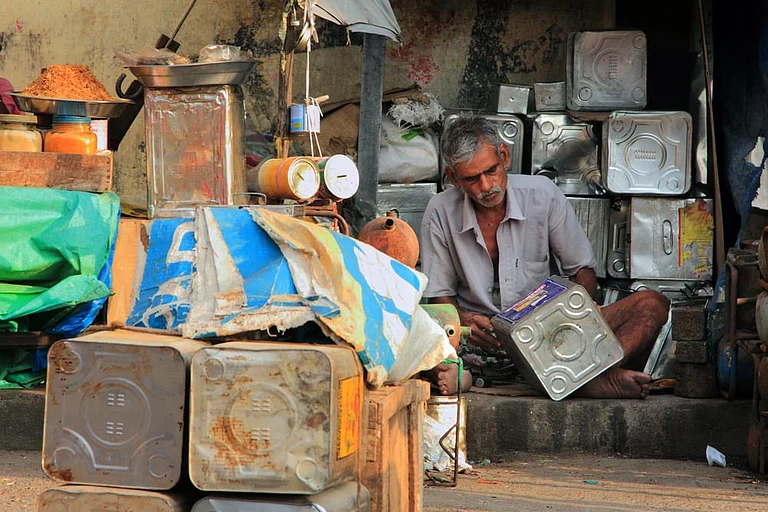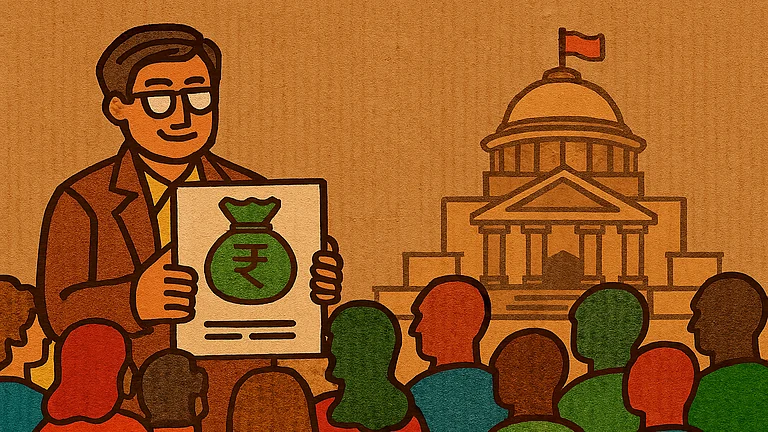Numerous people fought and died in the freedom struggle that culminated in India’s independence in 1947. To honour these freedom fighters, the government launched the Swatantrata Sainik Samman Yojana (SSSY) Pension Scheme on August 15, 1972. To date, pensions have been sanctioned to 1,71,689 freedom fighters under this scheme. According to data provided in the Lok Sabha by Bandi Sanjay Kumar, Union Minister of State for Home Affairs, approximately 1.7 lakh pensioners have received pensions under this scheme. Of these, 13,212 freedom fighters are still alive and continue to receive the SSSY pension. Additionally, 9,778 widows (spouses) are also receiving this pension.
The reply read that most of these freedom fighters receiving SSSY pension are from Telangana, West Bengal, and Maharashtra.
Most of the family pensioners under this scheme are also from these three states: Telangana, Maharashtra, and West Bengal.
What Is Swatantrata Sainik Samman Yojana (SSSY) Pension?
The government launched the Freedom Fighters’ Pension Scheme in 1972 to grant a pension to the living freedom fighters or to their families if they are no longer alive or martyred. At that time, it was available only to those who needed financial support. The pension amount also ranged from Rs 100 to Rs 200 per month. From August 1, 1980, the scheme was extended to all freedom fighters as a token of respect for them, and its name was changed to Swatantrata Sainik Samman Pension Scheme, 1980.
What Are The Eligibility Criteria?
The scheme defines six categories to ascertain whether a person is eligible for this scheme. These are:
Six Months' Imprisonment In Mainland Jails: If a person suffered a minimum imprisonment of six months in mainland jails before Independence. Indian National Army (INA) members, if they suffered imprisonment outside India for six months or more, are also eligible. For women and scheduled caste/scheduled tribe freedom fighters, the eligibility criteria are three months of imprisonment
Remained Underground For Six Months: If a person had to remain underground for six months or more due to being announced a proclaimed offender, or an award for arrest/head was announced on such person, or if a detention order was issued against such person but not served
Internment Or Externment From The Home District: If a freedom fighter was issued an order of internment (confinement) or externment (prohibition of a person from living in an area) for six months or more by a competent authority
Property Confiscation: If a person’s property was confiscated, sold, or attached due to involvement in the freedom struggle
Permanent Incapacitation: When a freedom fighter has become permanently incapacitated due to a lathi charge or firing
Lost Government Job: If a freedom fighter has lost a government job, including central and state government jobs, due to participating in the national freedom movement
Further, it also covers those for pension who suffered 10 strokes of caning/flogging/whipping for participating in the freedom struggle.
Family Pension
This pension is offered to the freedom fighters, and after their death, a family pension is offered to the spouse. After the death of spouse, it is payable to their unmarried daughters (up to three daughters), and then to the mother or father.
The scheme also lists 40 events for considering eligibility. These include the Jallianwala Bagh Massacre, 1919, the Quit India Movement (1942), the Royal Indian Navy Mutiny, 1946, the Rani Jhansi Regiment and Azad Hind of INA (1943-45), among others.
While the scheme lists 40 events, not all freedom fighters participated in these movements. For them, accessing the SSSY pension has often been challenging. In fact, some have even passed away awaiting approval.
Case Of Freedom Fighter Late Bapurao Deshpande: SSSY Pension Sanctioned After 21 Years
In a recent order, the Bombay High Court’s Aurangabad Bench ordered the Maharashtra government to sanction SSSY pension to the widow of a freedom fighter (Bapurao Deshpande), who filed the case in 2004, but authorities denied him pension due to insufficient documentary proof. He claimed to have participated in the Hyderabad Liberation Movement during 1947-48, and wanted to be considered an ‘Underground Freedom Fighter’. He submitted affidavits, testimonials from villagers of his age and older, and certificates from the local authorities to prove his claim, but to no avail. At last, on July 7, 2025, the Court directed the authorities to sanction a backdated pension (from March 2004) to the petitioner’s 80-year-old widow. The long ordeal came to an end but it highlights the ‘perfunctory approach’, as the Court said, authorities took in dealing with the claim.
Rohit Jain, Managing Partner, Singhania & Co., says, “The road to getting this pension has been marred by excessive red tape and insensitivity toward aging or deceased freedom fighters and their families.”
And, this may not be a one-off case. There could be more such cases still pending in the court, waiting for SSSY pension.
Are There More SSSY Pension Cases Pending In Courts?
Says Jain: “Yes, there are. The judgment in this case referenced at least a dozen earlier cases where freedom fighters or their families had to go to court after being denied pension despite seemingly valid claims. Examples include Rajabai v. State of Maharashtra (2016), Kamalbai Sinkar v. State of Maharashtra (2012), and Punjaram Indewad v. State (2013)—with some cases even reaching the Supreme Court. The judiciary has repeatedly urged authorities to evaluate claims with sympathy and probability rather than demanding strict legal proof, especially given the age and circumstances of most applicants. The continued need for litigation indicates that many similar pension-related cases are still pending in various courts across India.”
He highlights, “While this specific case focused on eligibility rather than amount, under the Central Government’s SSSY pension, freedom fighters (or their dependents) receive a monthly pension from the central government, recently pegged around Rs 30,000 to Rs 35,000, depending on the beneficiary category (freedom fighter, spouse, daughter, etc.). Additionally, some states offer a top-up pension, and here’s where the rules vary. For example, in Maharashtra, the pension is also governed by a state-specific Government Resolution (G.R.) issued in 1995, which includes its own set of documentation and eligibility requirements. Therefore, while the central framework is uniform, state-level execution varies, often leading to confusion, delays, or conflicting interpretations of eligibility.”
So, while the data shows that nearly 23,000 beneficiaries of this scheme are “still” alive, including widows (spouses), there might be more waiting in different courts for their day.



















